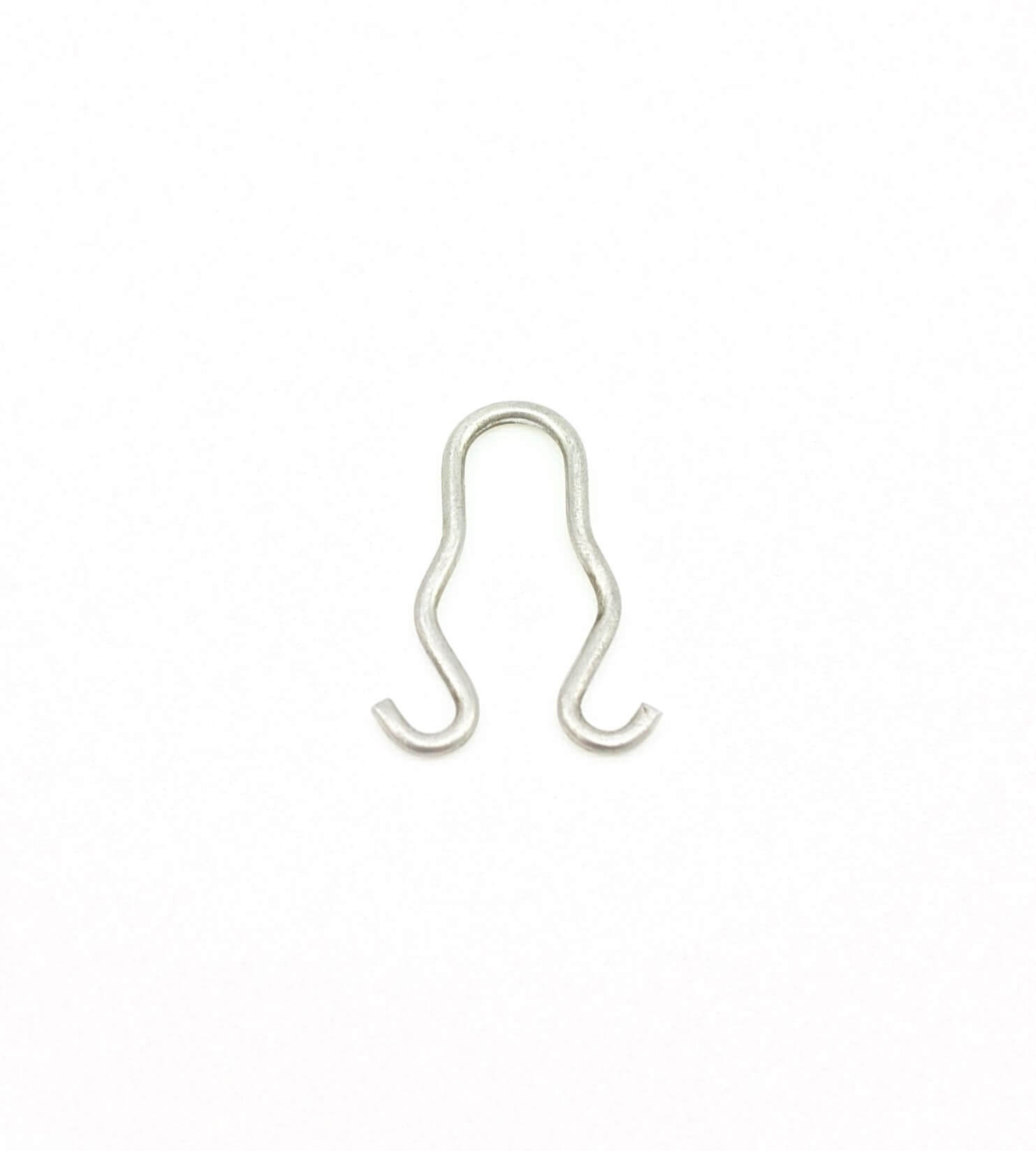Get unique, complex parts easily. No matter your requirements, Chaoyi Spring creates hard-to-produce coil springs and wire forms.
Let us help you create the custom wire form you need, from S-hooks and J-hooks to utility hooks and more.
We work closely with customers across a wide range of industries, helping them design and manufacture made-to-order parts.
Why choose Chaoyi Spring? We prioritize customer-focused collaboration, modern equipment and the latest technology to make your parts per print.
Find the information and guidance you need, from measuring a spring to learning about materials, placing an order and much more.
Springs, those ubiquitous mechanical elements, are integral to countless devices and systems. From the delicate balance of a wristwatch to the powerful suspension of a car, springs play a crucial


Springs, those ubiquitous mechanical elements, are integral to countless devices and systems. From the delicate balance of a wristwatch to the powerful suspension of a car, springs play a crucial role in storing and releasing energy. Understanding the maximum compression a spring can withstand is paramount for engineers and designers, as it directly impacts the safety, functionality, and longevity of their creations. This article delves into the mechanics behind spring compression, exploring the factors that govern this limit and highlighting the critical role it plays in various applications.

A spring, at its core, is a resilient elastic element designed to absorb and release mechanical energy. When subjected to a force, it deforms, storing potential energy within its structure. This stored energy is then released when the force is removed, causing the spring to return to its original shape. The maximum compression a spring can withstand before permanent deformation occurs is a crucial parameter in spring design.
Imagine a spring like a tightly wound coil. When you apply a force to compress it, you are essentially squeezing the coils closer together. This compression is limited by the spring's material properties, its geometry, and the applied force. Exceeding this limit will cause the spring to undergo permanent deformation, rendering it unable to return to its original shape. This permanent deformation, often referred to as 'yielding,' is irreversible and can lead to failure of the spring.
The maximum compression a spring can withstand is influenced by several key factors:
The maximum compression limit of a spring is a critical factor in a wide range of applications, ensuring safety, efficiency, and proper functionality.
Determining the maximum compression of a spring involves several considerations. The most common method involves calculating the spring's yield strength, which represents the stress level at which permanent deformation occurs. This can be determined using material property tables and applying relevant engineering formulas.
Another approach involves conducting physical testing. By applying increasing forces to the spring and observing its deformation, engineers can determine the maximum compression before yielding. These tests can be conducted using specialized testing equipment in a controlled laboratory environment.
The maximum compression a spring can withstand is a fundamental aspect of spring design, directly affecting its performance, reliability, and safety in countless applications. By understanding the factors that influence this limit and employing appropriate methods to calculate or determine it, engineers can design and implement springs that meet the specific demands of their respective applications. This knowledge ensures the safe and efficient operation of countless devices, systems, and structures that rely on these resilient mechanical elements.
In the world of engineering, springs are more than just simple components. They are the silent workhorses of countless inventions, ensuring everything from a smooth ride in a car to the proper function of delicate medical instruments. Understanding the maximum compression a spring can withstand is paramount to achieving optimal performance and reliability. By considering the intricate interplay of material properties, geometry, and applied force, we can unlock the full potential of these ubiquitous mechanical marvels.
Browse some of the custom wire forms and springs that we manufacture. Don’t see what you need? We specialize in made-to-order products that meet your application requirements.
Visit Our GalleryNeed a custom wire form or coil spring? We make it work. Fill out the contact form and a representative will respond within 1 business day. If you have a PDF or CAD file, you can submit to request a quote.